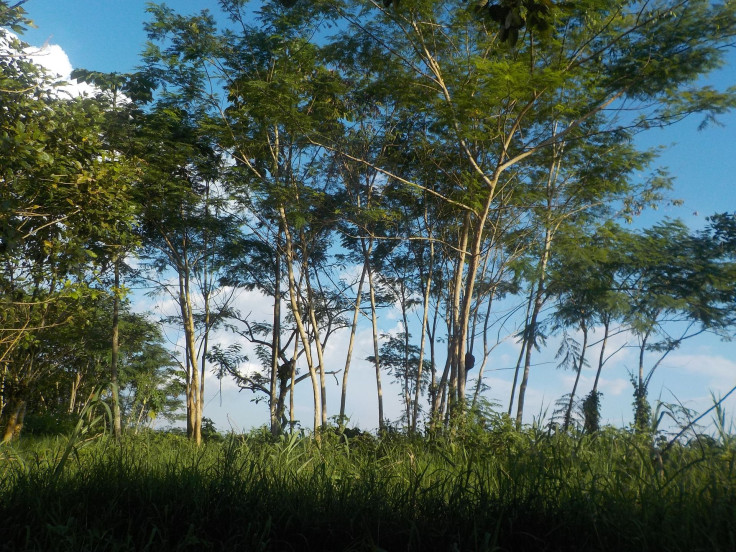Newly Found Amazon Rock Art Shows Humans Lived With Ice Age Animals
KEY POINTS
- Rock art found in Amazon rainforest shows the presence of Ice Age beasts
- It also shows the existence of humans along with the now-extinct animals
- It was found in Serranía La Lindosa in modern day Colombia
Thousands of newly discovered Amazon rock art found in the rainforest have been reported to depict that the inhabitants of the forest used to cohabit with the now-extinct giant Ice Age animals.
The pictures show people hunting animals, interacting with plants, trees, and Savannah animals.
It is one of the largest collections of rock art found in South America. The first of the recorded drawings, made around 12,600 and 11,800 years ago, were found in the rock shelters in the hills in the Colombian Amazon, states the press release from the researchers at the Britain’s University of Exeter.
One of the archaeologists in the research project, Mark Robinson said, “These really are incredible images, produced by the earliest people to live in western Amazonia. They moved into the region at a time of extreme climate change, which was leading to the changes in vegetation and the make-up of forest. The Amazon was still transforming into the tropical forest we recognize today.”
The rock shelters had depictions of creatures resembling a giant sloth, mastodon, camelids, horses, and three-toe ungulates with trunks. The paintings portray deer, tapirs, alligators, bats, monkeys, turtles, serpents, and porcupines, as well as what appears to be Ice Age megafauna. These drawings are vibrant red pictures that have been estimated to be produced over a period of hundreds, or possibly a thousand years ago. The reason for the extinction of these animals could be a “combination of climate change, the loss of their habitat and hunting by humans,” states the release.
“These rock paintings are spectacular evidence of how humans reconstructed the land, and how they hunted, farmed, and fished. It is likely art was a powerful part of the culture and a way for people to connect socially. The pictures show how people would have lived amongst giant, now extinct, animals, which they hunted”, said Professor José Iriarte, one of the researchers in the team who made the discovery.
Clues of the diet and occupation of the then Columbian Amazon inhabitants’ were revealed from the paintings during the excavation in the deep soil around the rock shelters. It showed that communities that lived in the area during those times were hunter-gatherers who fish in the nearby river.
During the excavation, the research team on the ERC project LAST JOURNEY, found the remains of bones and plants, which showed that the inhabitants used to eat palm and tree fruits, piranha, alligators, snakes, frogs, rodents such as paca, capybara, and armadillos, CNN reported.
The experts conducted the excavations in 2017 and 2018, which was made possible after the 2016 peace treaty between the FARC and the Colombian Government. The researchers in the project are working to find out when people settled in Amazonia, and the impact their hunting had on the biodiversity of the region.
The largest set of paintings -- where a total of 12 panels and thousands of individual pictographs depicting humans, animals, plants, handprints, and geometric shapes -- were found at Cerro Azul.






















